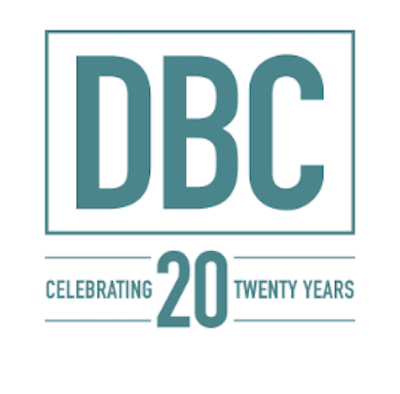Marketing and digital advertising teams are increasingly sharing budgets, tech purchases and responsibilities, according to a new report from Salesforce.
Sixty-two percent of the organizations surveyed said they currently share brand and/or creative teams, while another 31 percent say they have plans to move in this direction. Sixty-one percent currently collaborate on the evaluation or purchase of new technology, and 59 percent share a common budget.
For the report, released today, 900 advertising leaders were surveyed in November 2017, to get their thoughts on how digital advertising efforts will transform in the next two years.
Facebook and Google are dominating digital advertising as video ads rise in popularity. In 2018, 66 percent of digital advertising spend will go to Google Search, YouTube, Facebook and Instagram. Who is overseeing these efforts? Internal staffers are optimizing Facebook and Instagram ad spending for 59 percent of respondents, while 57 percent are using staffers to optimize Google Search spending. About a quarter of companies are blending their advertising efforts between employees and outside agencies.
The number of data sources being used to inform digital advertising choices is growing: advertisers were using an average of 5.4 sources in 2017. This year, that number will grow to an average of 6.2. The percentage of companies targeting based on CRM data such as purchase transactions, postal address, and customer service information will rise from 56% last year to an estimated 69% next year.
First-party anonymous data is the most-used type of online data, at 71 percent, but is only projected to rise in use by five percent over the next two years. Second- and third-party partnerships that allow advertisers to tap into data sources they don’t own, thereby providing new inputs for decision-making and targeting, will see particularly large growth—by 26% and 30%, respectively—over the next two years.
Ninety-five percent of advertisers surveyed use demographic data, including personal data, location information, and interests, to target prospects they know almost nothing about. Use of newer types of data—including mobile location information — will grow 14% over the next two years. Use of interest-based data will see the biggest growth, expanding by 26% as it becomes more widely available.
Lifetime value of a customer was cited as the top success metric by 27 percent of respondents, followed by impressions or web traffic (19 percent) and brand recognition (18 percent).
Related Articles:



